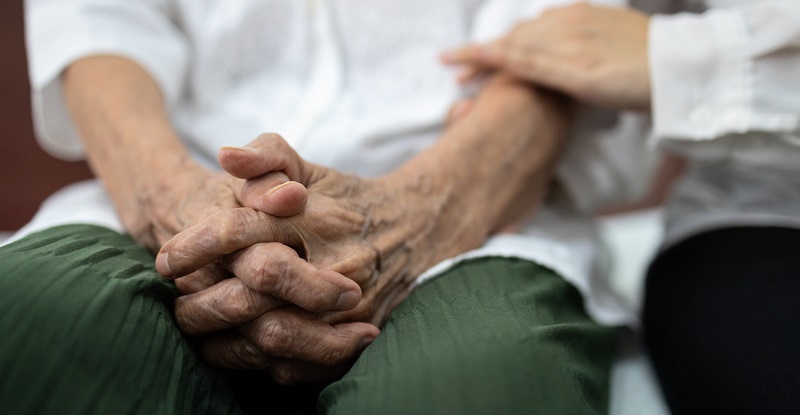GEDA will be updating the requirements in July 2023 to add three new initiatives: minimizing urinary catheter use, avoiding restraint use, and minimizing NPO (nothing to eat or drink) periods.
Data analytics can help you with GEDA implementation and make the most of limited resources.
Given their growing proportion of the population, geriatric patients will make up an increasingly larger share of emergency department (ED) visits in the coming years. One thing we’ve learned from the pandemic is that the geriatric population is vulnerable and requires specific treatment priorities. Just as pediatric patients can’t be cared for using the same interventions as used for adults, geriatric patients also have special needs. In fact, with the aging of the baby boomer generation, the next public health emergency might be an inability to provide enough quality geriatric care.
Is Geriatric Accreditation Making Progress?
The answer is yes, but slowly.
d2i has focused on this issue in the past, highlighting the Geriatric Emergency Department Accreditation (GEDA) guidelines and accreditation program, and the organizations that have been able to successfully implement the program. The GEDA program has been endorsed by the American College of Emergency Physicians, the American Geriatrics Society, the Emergency Nurses Association, and the Society for Academic Emergency Medicine.
When d2i revisited this issue in April 2022, there were 300 accredited GEDA sites. Now, almost a year later there are 350, with another 200 in various stages of submission. Many sites also have upgraded their GEDA accreditation to a more rigorous level. Of the sites that have sought accreditation, there is a noticeable shortage of participating rural hospitals.
The Challenge: Finding and Funding Resources for Change
In a Journal of Emergency Medicine article published after a 2021 emergency physician panel discussion, Richard Shih, MD, a professor of emergency medicine at Florida Atlantic University, summed up the existing challenges:
The recommendations are extensive, and most emergency departments before the guidelines, as well as now, have neither the resources nor the hospital administrative support to provide this best practice type of care.
The problem isn’t that EDs disagree with the GEDA program guidelines or don’t believe they can impact patient outcomes. The issue is that the implementation of the guidelines is a barrier because of the time, staff, money, and space required. Competing priorities have also come into play after years of fighting COVID-19 surges around the country.
Show Me the Value
Like many quality-of-care programs, the GEDA payoff will be realized after investing the time, staff, and money needed to support a geriatric care program. Implementing new workflows is always a challenge, especially if it doesn’t have an immediate impact on reimbursement. In the case of a GEDA program, the return on investment occurs downstream in the form of:
- Better patient outcomes
- Improved patient experience
- Reduction of potentially avoidable hospitalizations
- Fewer readmissions and repeat ED visits
- Reductions in falls, urinary tract infections, and cognitive impairment
- Being able to count some improvement activities toward MIPS program scoring
How do hospitals show the actual value of implementing geriatric interventions? They must have historical, in-process, and comparative data to demonstrate the validity of their efforts. Implementing evidence-based care improvements always have value, which can easily be quantified when the right systems are in place to collect the data.
As organizations embark on geriatric care improvement, or any new program, they need data to benchmark and monitor its impact to determine the effectiveness of the education and adherence to the program’s policies and procedures.
d2i has the data analytics and the experience to guide organizations through the journey. d2i produces custom data solutions that can show everything from a broad view of GEDA domains to a drilled-down view of which shift is showing the most improvement on a particular intervention. From this detailed and segmented data analysis, leaders can better target their time and limited resources to make the most impact for their geriatric patients.
Ready to get started with geriatric care improvement? Whether you are interested in implementing a few best practices or pursuing highest tier accreditation, d2i is here to support you. Contact us for a demo of our performance analytics solutions.
